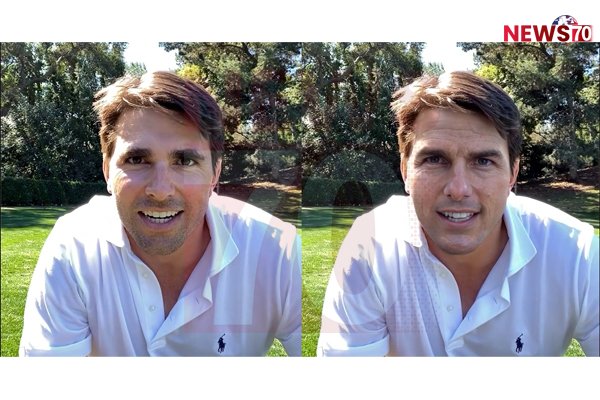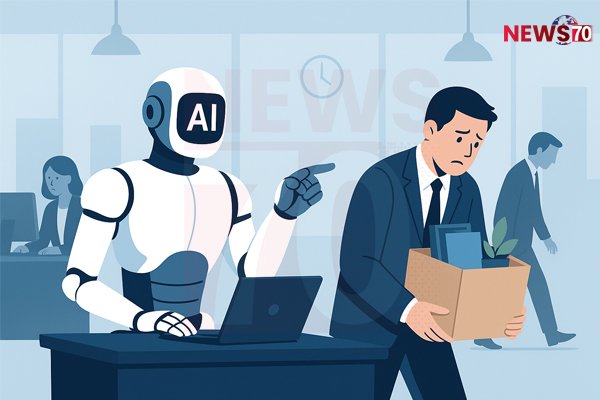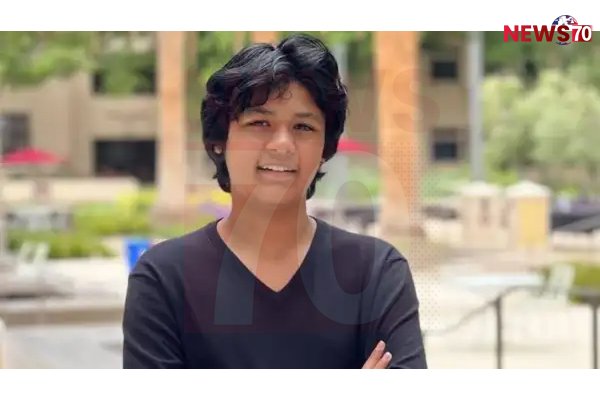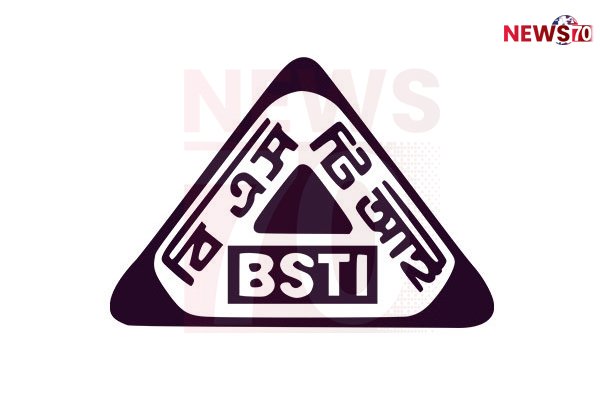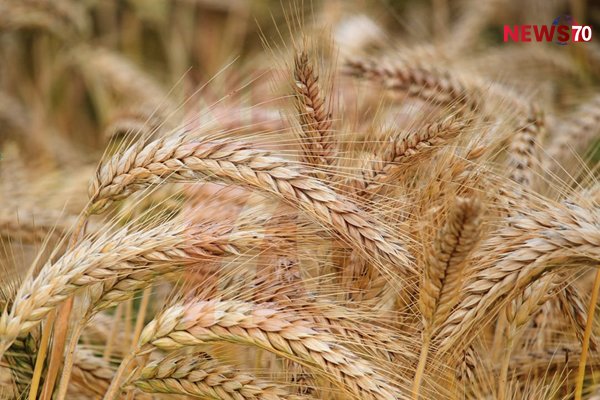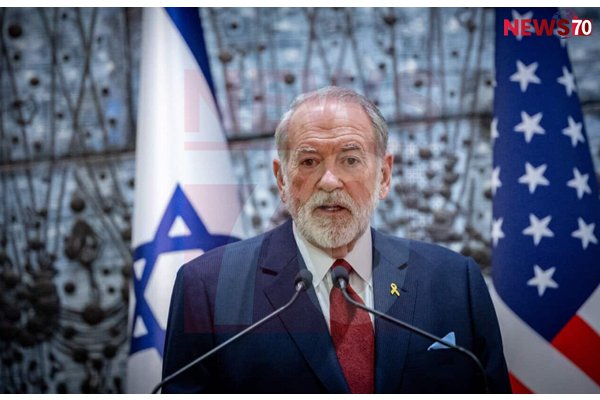Social media influencers are increasingly competing with AI-generated virtual models on platforms like Instagram, TikTok, and YouTube. Virtual influencers like Aitana Lopez and Lil Miquela attract large followings and allow brands full creative control without physical photoshoots, offering a cost-effective alternative to human influencers. Companies like Barcelona-based The Clueless create these AI models, while tools like OpenAI’s Sora video generator and platforms such as HeyGen and Rask.ai make it easier to produce realistic virtual influencers. While concerns about deepfakes and misuse of AI-generated content persist, industry experts say audiences are receptive to virtual personalities, comparing them to actors in a mini-series. Human influencers are also using AI to enhance content, improve translations, and manage production more efficiently. Analysts predict that AI influencers will coexist with real influencers, reshaping the influencer market while providing creative, economic, and practical advantages for brands and content creators.
AI vs Humans: Virtual Influencers Challenge Social Media Stars
Social media influencers are increasingly leveraging artificial intelligence (AI) to enhance their content—but they are also facing mounting competition from entirely AI-generated personalities on platforms like Instagram, TikTok, and YouTube.
One standout example is Aitana Lopez, a pink-haired virtual model with over 300,000 Instagram followers. Branded as a “gamer at heart” and “fitness lover,” Aitana isn’t a real person. She was created by The Clueless, a Barcelona-based AI modeling agency led by a team of “visionaries on a mission to redefine the influencer industry.”
Sofia Novales, project manager at The Clueless, explained that rising costs for human influencers prompted the creation of AI alternatives. “Virtual models are digital, cost-effective, and allow for complete control over content,” she said. AI influencers offer brands unparalleled creative flexibility, enabling precise management of fashion, aesthetics, and messaging without the need for physical photoshoots.
However, the rise of virtual influencers also raises concerns over deepfakes and the potential misuse of AI-generated content. In response, Meta, owner of Instagram and Facebook, announced it will start labeling AI-generated posts with a “Made with AI” tag starting in May.
The influencer industry itself represents a booming market, expected to grow from $16.5 billion in 2022 to nearly $200 billion by 2032. Virtual influencers like Barbie, Lil Miquela, and newer creations such as Metagaya are increasingly used in advertising campaigns, sometimes indistinguishable from real humans. For instance, Lil Miquela, a “19-year-old robot” created in 2016, has promoted brands like BMW to millions of followers, successfully targeting younger, tech-savvy audiences.
Maud Lejeune, head of the Paris-based digital strategy agency AD Crew, compared AI influencers to actors on TV: audiences understand they aren’t real but still engage with them as they would a story or mini-series. Lejeune also created her own virtual influencer, Metagaya, though she admits early versions were technically challenging and less polished.
Advances in AI tools like OpenAI’s Sora video generator are making it easier to produce realistic virtual influencers. Meanwhile, human influencers are adopting AI to enhance content creation. For example, Charles Sterlings from France uses platforms like HeyGen, Rask.ai, and Deepshot to translate, lip-sync, and even generate deepfakes in minutes at low cost, seeing AI both as a tool and a competitor.
Lejeune emphasized that AI can help influencers manage burnout by producing content without long hours in front of the camera. Novales of The Clueless also stated that AI models like Aitana are not meant to replace human influencers entirely—they provide an additional layer of competition and opportunity within the industry.
As the technology evolves, AI-generated influencers are becoming an integral part of the digital landscape, offering brands and creators new ways to engage audiences, while reshaping the economics and creative possibilities of the influencer market.
